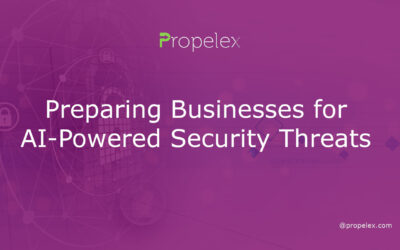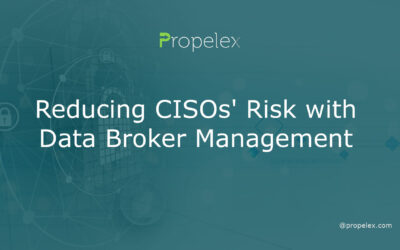The cloud is a great place for companies to run their applications. However, it can also be a target for attacks. These include both misconfigured servers and third-party vendors. In addition, cloud attacks can also come in the form of cross-VM side-channel attacks.
Cross VM Side-Channel Attack
Cache-based side channel attacks present a significant threat to cloud virtual environments. These attacks leverage shared high-level cache memory to extract sensitive information from victims.
For example, in a side-channel attack, an attacker can use a spy process to monitor the victim’s cache access behaviour. He or she can then exploit the timings in the shared high-level cache memory to extract useful information. In the case of cloud environments, this can include eavesdropping on user data and credentials.
To carry out a cross VM side-channel attack, an attacker needs to know the location of the target VM. This is where a bug in the hypervisor comes into play. The attacker may then place a malicious VM in the same physical hardware as the target, thereby using a portion of the same hardware resources to run the attack.
Typical cloud deployments use many identical pieces of hardware, which can make it easier to implement a side channel attack. A potential solution is to partition cache memory, but this will affect performance in general.
Public APIs
If you’re an organization, you know that making your APIs available on the cloud surface can be a major risk. Whether you’re looking for a new customer, or simply want to offer the best service to your users, your public APIs need to be secure.
As more and more organizations have started using the cloud for their business needs, the number of reported attacks on the cloud has also increased. Moreover, as cloud services become more popular, threat actors are more eager to exploit them. They take advantage of high volumes of sensitive data flowing between organizations and cloud service providers.
There are several types of attacks that can occur on an API. One of the most common is DDoS attack. A DDoS attack occurs when external networks send surges of traffic to a service. This attack can deny legitimate users access to a public API. In addition, it can cause a service to crash.
Another common attack is a cross-site scripting attack. This happens when an attacker inserts a malicious script into code. An API can be vulnerable to these types of attacks if it does not properly obfuscate its code.
Third-Party Vendors
One of the most important things a business should do before embarking on the cloud journey is to create an effective security plan. This includes identifying which vendors you want to engage and making sure they’re following best practices.
The first step is to conduct a vendor assessment. This is an opportunity to test the resiliency of your chosen vendors and see if they’re up to the task. In particular, you’ll want to pay close attention to their data security and access policies. The same can be said for their software. A cloud provider may offer a great deal of resiliency, but if their software is unsupported, you’ll be putting your company’s data at risk.
A good third-party vendor should also be able to help your organization with a wide range of other functions. For example, a good third-party technology supplier can perform health checks to preempt future implementation problems. Similarly, a third-party channel partner can offer a personalised role-based training program and provide a consultative approach to change management.
Misconfigured servers
Misconfigured servers on the cloud surface are an attractive target for attackers. They may be able to access sensitive data, and they can also be used to launch phishing attacks. They are easy to exploit, and they can have a major impact on an organization’s security.
The risk of misconfiguration in the cloud can be mitigated by many different techniques, and ensuring that your team has all of the documentation it needs to properly configure your cloud environment is a good start. Once your team has documented its environment, it can back up its configurations.
Cloud-based security misconfiguration is a growing threat, and organizations need to do all they can to secure their cloud environments. Whether you’re using Amazon’s public, private, or hybrid cloud, it’s important to keep a close eye on your configurations.
One of the most common types of misconfigurations involves inadequate roles. For example, if a user has been given permissions to remove security protocols, they can have access to your company’s critical data. This can put your company at risk for corporate espionage.









